Teaching an English Learner Who Is Deafblind
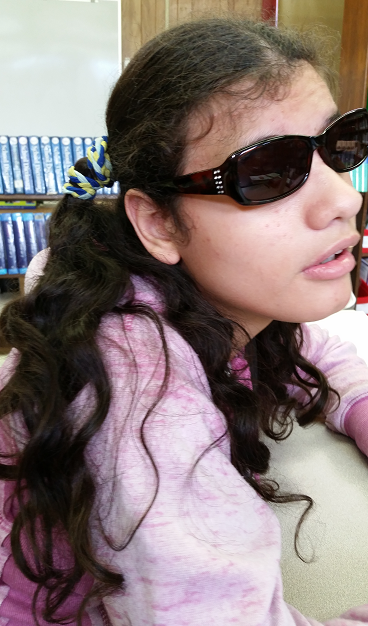
I was recently asked to add a challenging student to my caseload. What started out as one of the most difficult teaching situations of my career, turned out to be one of the most fun and rewarding I have ever had. While every student has unique needs and abilities, my hope is that some of my experience may be valuable to others who find themselves in a similar situation teaching English Language Learners (ELL) [or English Learner (EL)] who have a combined vision and hearing loss.
Background
Getting Started
Activities to Develop English Language and Braille Skills
1. Fine motor activities to develop finger strength and finger isolation
We began with finger play activities, just as would be done with a young child. We worked on other fine motor activities, such as stringing beads to make necklaces or bracelets and used those activities to practice English.
2. Body Parts and Basic Concepts
While Heba was very independent at home, we worked on identifying body parts and basic concepts in English. She understood matching and was able to sort socks, etc. We worked a lot on directional/positional concepts such as left/right/top/bottom, middle which also helped her pre-braille reading skills.
3. Phonics and Braille
I introduced the alphabet along with the braille letter, and used real objects to represent each letter. For example, with “A is for Apple”, we had real apples that she examined, smelled and tasted. We would then sing a little song about it, as she really enjoyed music, e.g. “A is for Apple, a, a, a apple”. We moved on to “B is for Banana”, and so on. After I felt she understood the alphabet and letter sounds and was beginning to understand the meaning of letters, I introduced the braillewriter and she began writing the letters of the alphabet as she practiced the sounds. I did not teach the dot formation, but rather just introduced the letter as a whole without saying “C is dots 1,4.”
4. Tactile Books and Braille Tracking
We made tactile books with ring binders, beginning with shapes, big/little, etc. As she developed her tactile discrimination skills, we moved on to basic braille worksheets, where she tracked a line of braille, looked for the letter that was different, found a break in the line, etc. She marked her answer with a push pin or scribbling.
Experience Stories
As she began to familarize herself with the braille alphabet and simple English words, we began to write braille experience stories. For example, one day we went outside, took off our shoes and walked barefoot through the grass. Heba enjoyed talking about what we did, while I wrote basic sentences in braille. She “scribbled” her stories on the braillewriter until she became able to write complete sentences. She took her work home and was very excited about “reading” her stories to her family.
Incorporating movement to reinforce English language skills
Incorporating movement into lessons helped to reinforce concepts and vocabulary, while also proving to be very motivating. We sat outside and did yoga, which was a great opportunity to talk about body parts, positional concepts, action words, etc. She sat in my car and learned about the parts of the car, opening and closing the door, turning the steering wheel, honking the horn. We took a ball and practiced rolling, throwing, bouncing, all of which were fun, as well as an effective way to teach vocabulary and work on gross motor skills and turn taking. I would bounce a basketball and spell words (one bounce for each letter) then she had to bounce it, catch it and do the same thing. She loved it!

Word Families
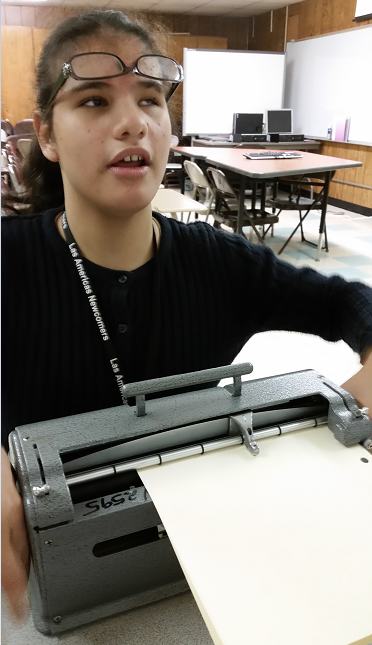
I introduced simple CVC (consonant-vowel-consonant) word families, such as pat, cat, sat, hat. We acted out the words together, and the use of movement helped her to retain the English vocabulary. We would have a “word throw down” and I would have several simple words (later more complex words) and would “throw” them down on the table very fast and have her try to read the word and say it before I or the para or a peer could say it.
Focus on spelling before introducing contractions
I wanted to be sure that Heba understood basic concepts in English and was able to spell the word before introducing braille contractions. For example, I wanted to be sure that she knew what the word “father” meant and that she could spell it in English before I introduced the contractions in the word.
Using words in a sentence
As her vocabulary grew, I presented Heba with a list of her new words and asked her to use them in sentences. This was a good way to be sure that she understood the meaning, while also working on spelling and writing skills. She loved writing wild made up stories about her para going to jail and laughing at how silly her stories were. When she was angry or frustrated her stories focused on her returning to Syria where she would find a “nice” teacher to teach her braille!
Finding mistakes
As with most students, Heba loved looking for mistakes in my braille. I intentionally made mistakes, so that she could work on her proofreading skills. This also helped her to overcome her fear of making a mistake, as she began to understand that this was something that happens to everyone.
Understanding the world around her

While Heba made quick progress with English and braille skills, her social skills and broader experience of the world lagged behind. For example, she was very curious about where the other blind children were, and whether or not other people could see. She didn’t understand that there was a world out there with rules and expectations. By chance, there was a Syrian man who was totally blind who prepared some of her braille materials. As her reading skills increased, he was a helpful mentor to her.
Expanded Core Curriculum -- Supporting relationships with peers
Heba’s lack of English skills, combined with a different cultural background and her deafblindness, all made it difficult for Heba to make friends initially. While her paraeducator was encouraged to step back and allow her to be as independent as possible, making friends on her own was a challenge. The cafeteria was a nightmare with the noise and chaos you would expect, and the fact that much of the food was new to her made the whole situation especially hard. We began to invite a group of girls to be part of a peer group on Friday afternoons. We started with simple activities that helped all of them practice their English, and, as they became more comfortable with each other, we organized a banana split party. This was a great way to reinforce literacy skills, while also supporting peer relationships. Heba wrote out invitations and delivered them, which gave her a chance to work on English grammar, punctuation, and spelling. She created a shopping list and wrote it out, which reinforced her writing skills, as well as planning and problem solving. It was lots of fun and many people came to the event!
Summary
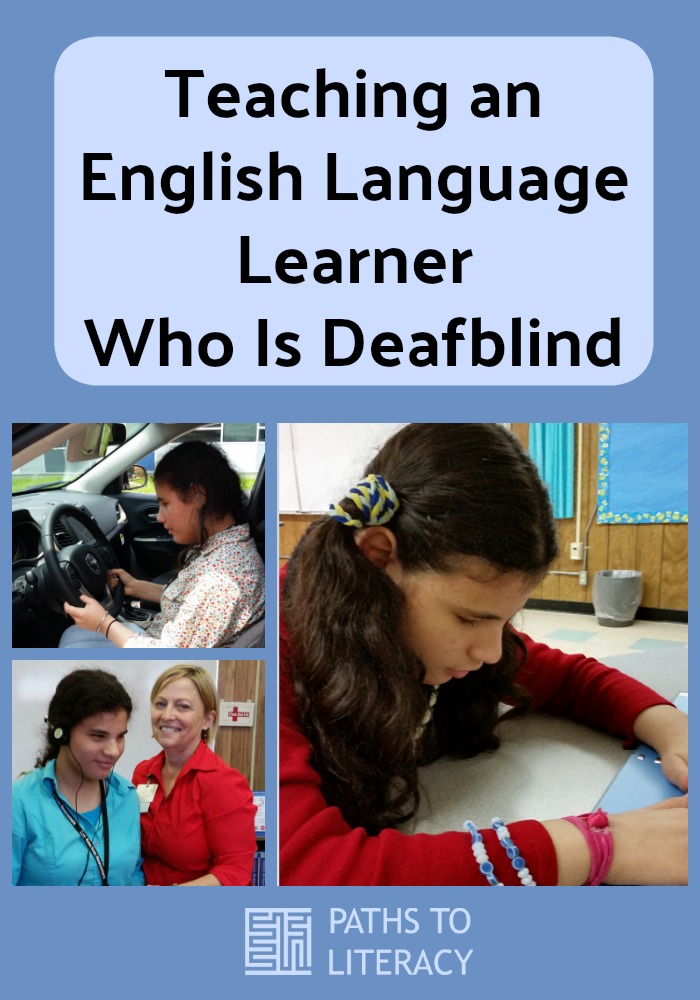

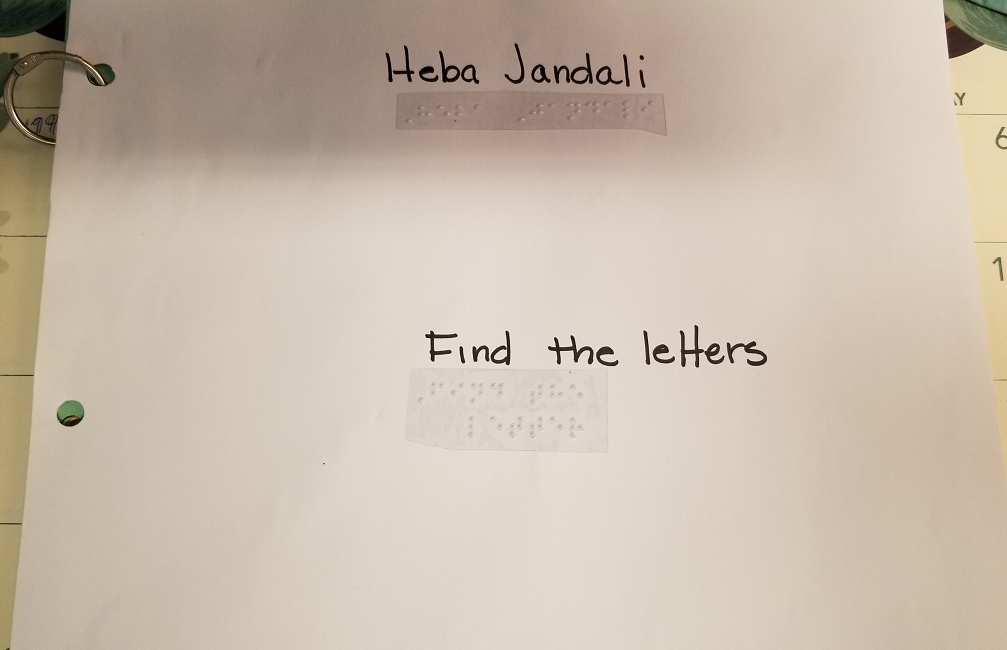

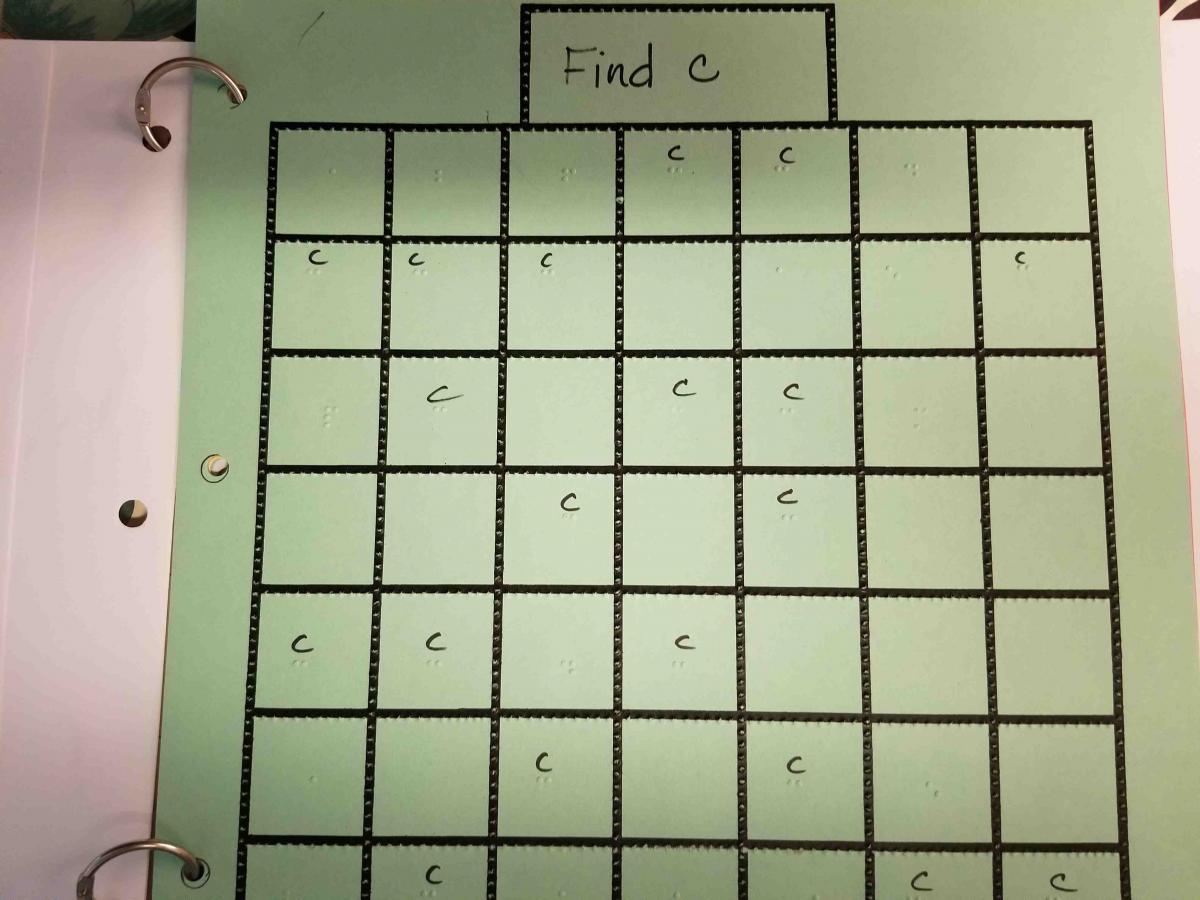
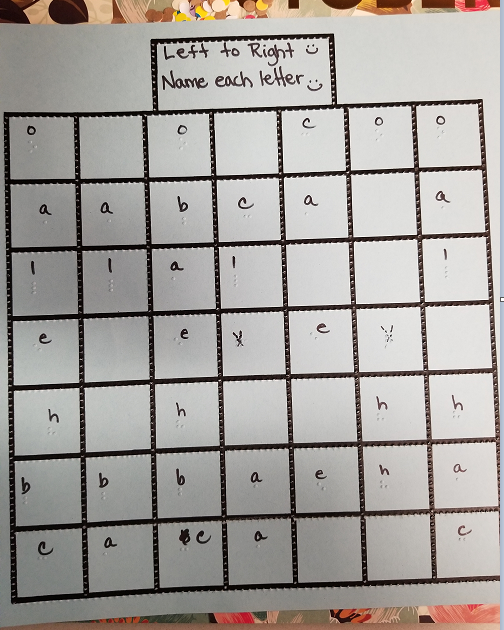
Comments
Heba's story
Heba’s Story
Wonderful Summary of Teaching ELL
Great Learning Strategies!